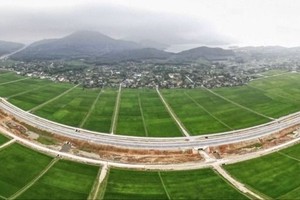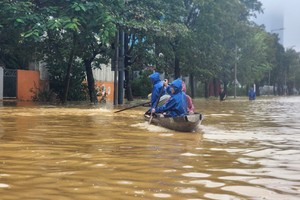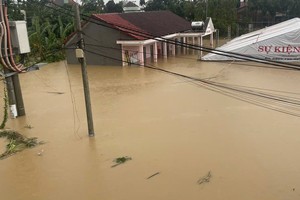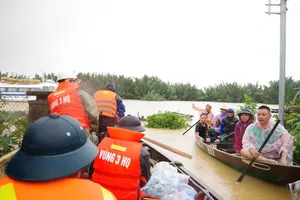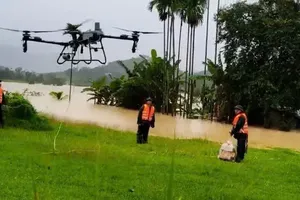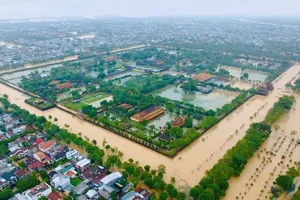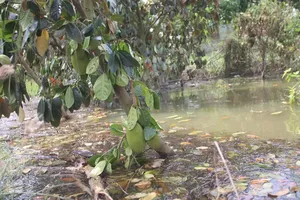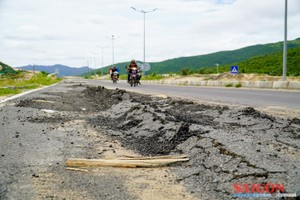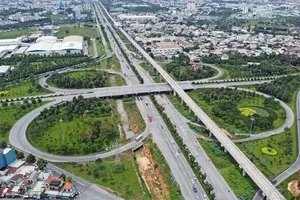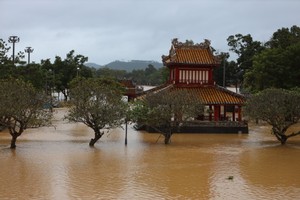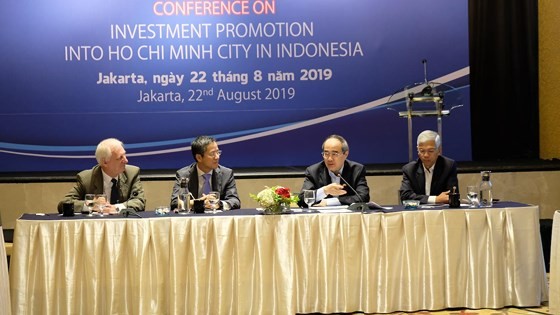
Indonesia spent around $55 billion for building 120-kilometer anti-flood dykes along sea and river crossings to help provide fresh water with the aim to curb underground water overexploitation.
Moreover, with anti-flood long dykes, Indonesia authorities can prevent flooding as well as develop traffic connections around the embankment contributing to coastal urban development.
At the working session, experts from Dutch who are working to find out anti-flood solutions for Jakarta, said Ho Chi Minh City and Jakarta have many similar situations because the two locations are suffering overexploitation of underground water and rising seawater.
On one side, every $8 billion investment will generate $55 billion in profit for Jakarta. On the other side, those who enjoy benefit from the embankment construction project will be asked to make a financial contribution to the projects.
Additionally, the project will be undertaken under Public Private Partnership (PPP) and help to develop residential quarters, commercial centers along the ring belt.
Moreover, during the project procedure, if the government has solution to set up more land fund, it will create more money for the project. Furthermore, private companies will be permitted to collect fee of the ring belt; hence, the government can re-collect money for the state budget from the project in a short time.
After the meeting, Mr. Nhan said that anti-flood embankment is really a significant solution to be considered for tackling some problems Ho Chi Minh City is facing during its urban development procedure.
Upon secret to increase bus passengers, a representative of Jakarta said the city has connected buses and small vehicles that can carry people in small alleys; therefore, the number of passengers of public transportation means has increased by 300 percent annually within five recent years.
However, to encourage people to use public transportation means, Jakarta authorities spend $300 million per year for buses subsidies.


